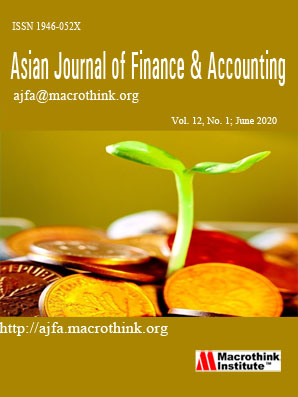Protection of Investors’ Rights and the Long-Run Performance of Rule 144A Private Equity Offerings
Abstract
Equity private placement is the newest method of corporate financing strategy. The private equity financing under SEC Rule 144A is exploding and yet not much is known about the motivation behind private equity placement by public firms. Considering that privately placed firms have no bonding benefit, private equity investors would discount their capital by the amount of expected consumption of private benefits. Therefore, the issuers are unable to lower the cost of capital nor increase managerial perquisites. One possible motivation for private placement then is that firms offering the private DR increase their private benefits with the capital raised subsequently. Our approach is new to literature by incorporating both benefit (conceal private information) and cost (informational monopoly) associated with private equity financing.
Submission of an article implies that the work described has not been published previously (except in the form of an abstract or as part of a published lecture or academic thesis), that it is not under consideration for publication elsewhere, that its publication is approved by all authors and tacitly or explicitly by the responsible authorities where the work was carried out, and that, if accepted, will not be published elsewhere in the same form, in English or in any other language, without the written consent of the Publisher. The Editors reserve the right to edit or otherwise alter all contributions, but authors will receive proofs for approval before publication.
Copyrights for articles published in MTI journals are retained by the authors, with first publication rights granted to the journal. The journal/publisher is not responsible for subsequent uses of the work. It is the author's responsibility to bring an infringement action if so desired by the author.








